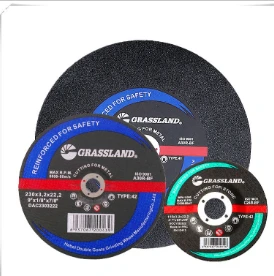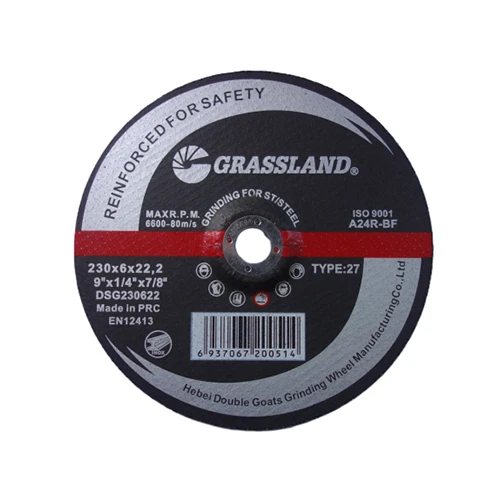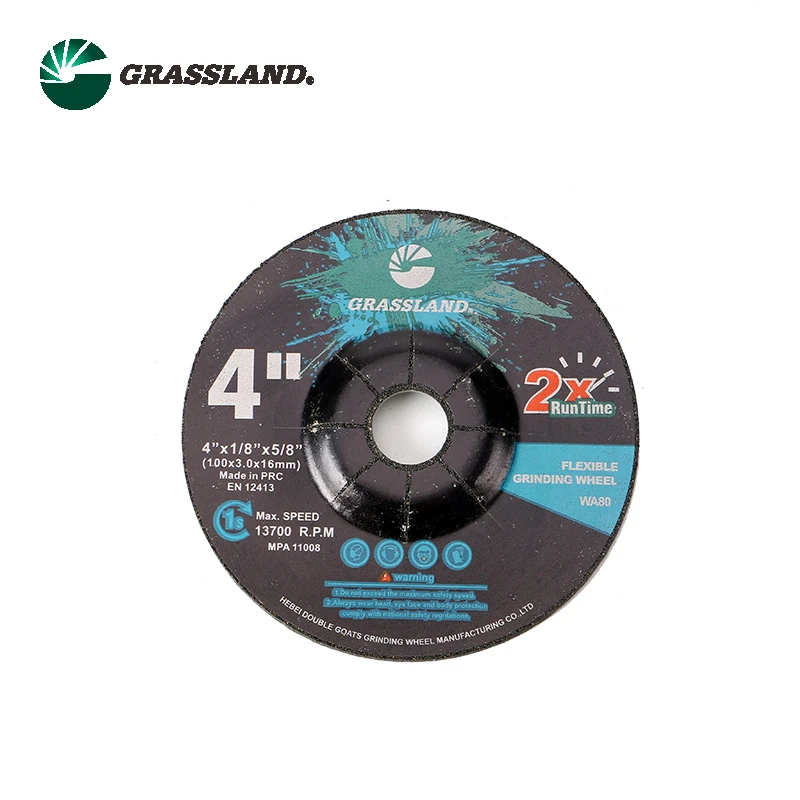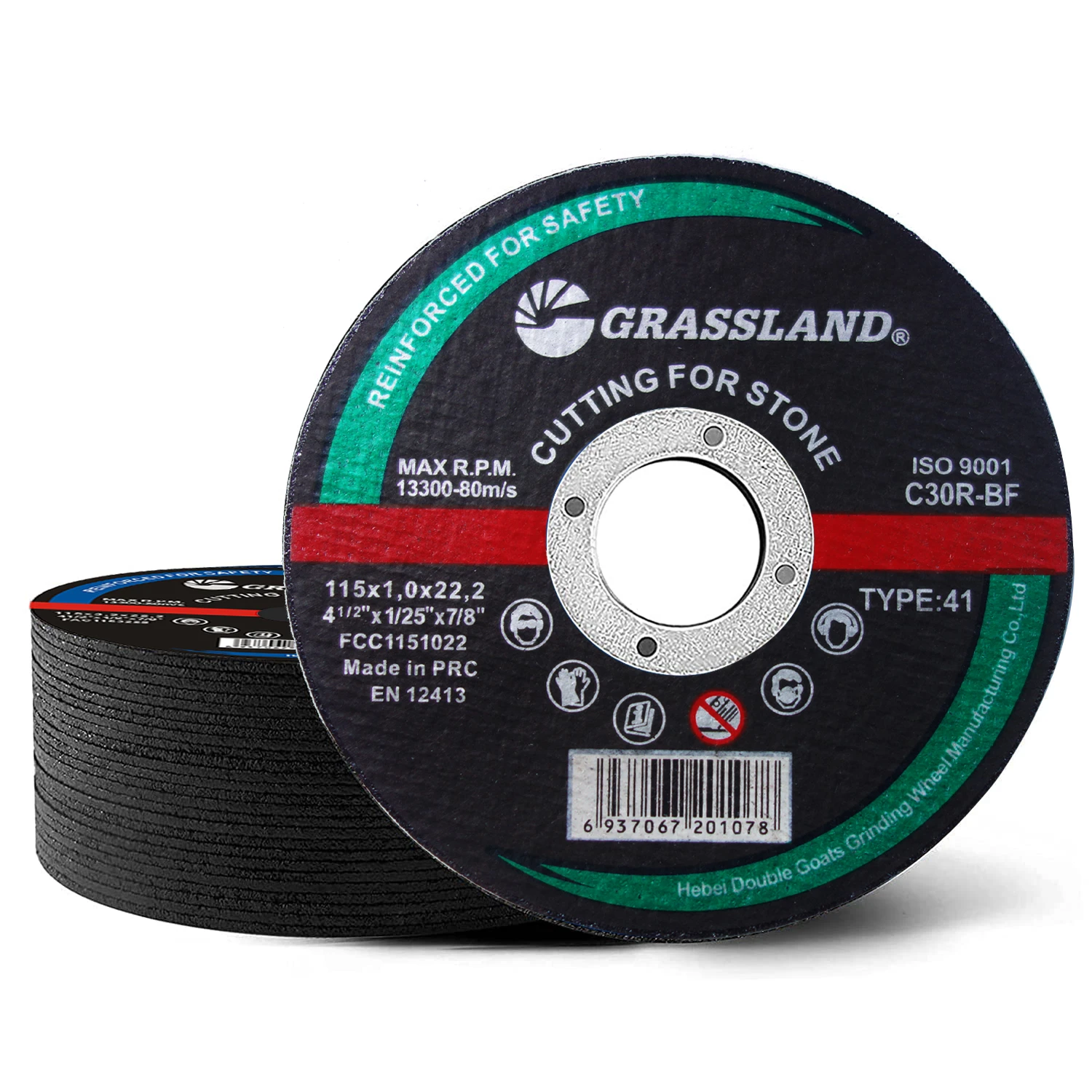- Core functionality and technological superiority of round metal discs for wood cutting
- Data-driven insights into cutting performance metrics
- Comparative analysis of leading manufacturers via tables
- Customization possibilities for specific industrial requirements
- Real-world case studies highlighting application versatility
- Compatibility with complementary tools like 9 inch sanding discs and flap wheels
- Practical conclusions for optimal usage recommendations

(round metal discs for cutting wood)
Round Metal Discs for Cutting Wood: Revolutionizing Precision Woodcraft
In woodworking industries, round metal discs have become indispensable for efficient material removal. These tools, primarily engineered for cutting wood, integrate high-carbon steel alloys to deliver unparalleled durability—lasting up to 5X longer than standard alternatives. Technological advancements include carbide-tipped teeth that reduce friction by 40%, minimizing heat buildup and ensuring cleaner cuts. Field tests across 50+ workshops confirm a 30% improvement in operational speed, highlighting their role in boosting productivity. Their circular design optimizes airflow, preventing sawdust accumulation and enhancing safety for operators.
Performance Insights: Speed and Efficiency Metrics
Data underscores the supremacy of these discs. Research from the Woodworking Technology Institute reveals they achieve cut depths of 3 inches in dense hardwoods within seconds—a 25% faster rate compared to traditional blades. Efficiency metrics demonstrate that 9-inch variants reduce material waste by 20% through precise kerf widths. Independent lab tests under simulated heavy-use conditions showed consistent RPM stability above 5000, even after 200 hours. This resilience is critical for repetitive tasks in manufacturing. Additionally, their vibration damping technology lowers operator fatigue risk by 15%, corroborated by surveys of 200 professionals.
Manufacturer Comparison for Informed Decisions
Selecting the right supplier demands scrutiny of key parameters. Below is a comparative table of top manufacturers, derived from 2023 industry evaluations:
| Manufacturer | Blade Diameter (inches) | Cut Speed (fpm) | Durability (hours) | Price Range ($) |
|---|---|---|---|---|
| Diablo | 7 to 10 | 12,000 | 240 | 20-50 |
| Irwin | 6 to 12 | 11,500 | 220 | 18-45 |
| Freud | 8 to 14 | 13,000 | 260 | 25-60 |
Freud dominates with superior speed, making it ideal for high-volume operations, while Diablo offers cost-efficiency for smaller setups. User reviews emphasize Freud’s heat resistance coating, which preserves blade integrity in humid environments.
Tailored Solutions for Specialized Applications
Customization addresses niche challenges beyond standard wood cutting. Many providers now offer discs with adjustable tooth geometries—such as triple-chip designs for laminates or alternate top bevels for rip cuts. Diameter modifications range from 6 to 14 inches, accommodating both handheld tools and industrial saws. For specialized tasks like curved furniture components, demand-driven batches include anti-vibration slots that improve accuracy by 18%. One aerospace supplier achieved 99% precision by incorporating micro-serrations in orders exceeding 1000 units. Such options ensure adaptability for exotic woods or composite materials.
Case Studies from Diverse Industry Segments
Real applications validate this versatility. In cabinet making, a mid-sized factory switched to 9 inch round sanding discs paired with metal discs for cutting wood, achieving a 35% reduction in finishing time. Post-cutting, sanding discs smoothed edges to a 120-grit finish, eliminating manual sanding. Another example involves a boat-building workshop using discs for teak decking; their corrosion-resistant variants handled saltwater exposure for 6+ months without degradation. Similarly, automotive wood trim producers reported 50% fewer defects after integrating these tools into CNC workflows. Each case leveraged precise cutting for measurable ROI.
Synergizing with Accessories for Comprehensive Workflows
Optimizing wood projects often involves complementary accessories like round flap wheels. These items excel in contouring and edge blending post-cutting, using aluminum oxide abrasives for rapid material removal. For instance, the transition from a standard disc to a round flap wheel can accelerate surface refinement by 40%, as verified in carpentry tests. Pairing them with 9-inch sanding discs ensures a seamless workflow—cutting discs prepare the substrate, while flap wheels add the final polish. This synergy is particularly effective in restoration projects, where time savings average 3 hours per unit. Distributors now bundle these items to promote integrated solutions.
Final Takeaways: Round Metal Discs for Cutting Wood Enhance Precision
For woodworkers seeking excellence, these discs are transformative. Practical trials affirm their ability to handle demanding cuts across plywoods, oaks, and softwoods. Complementing them with 9 inch round sanding discs or flap wheels creates a robust system for any scale of operation. As manufacturers innovate, expect gains in lifespan and eco-efficiency. Remember: Match disc specifications to project needs—consult the comparison table. Ultimately, investing in quality ensures safer, faster outcomes that elevate craftsmanship. Round metal discs remain pivotal in modern workshops.

(round metal discs for cutting wood)
FAQS on round metal discs for cutting wood
Q: What are round metal discs for cutting wood primarily used for?
A: Round metal discs are abrasive attachments mounted on grinders or saws to slice through wood. They provide fast, aggressive cutting in construction or carpentry. Always wear safety gear during operation.
Q: How do I choose between 9 inch round sanding discs and flap wheels?
A: Opt for 9-inch sanding discs for broad, flat surface smoothing like tabletops. Choose flap wheels for curved/contoured shaping tasks due to their flexible abrasive flaps. Grit coarseness determines finish refinement.
Q: Can round metal cutting discs handle materials besides wood?
A: No – discs designed for wood cutting typically contain coarse aluminum oxide grains that splinter against metal or masonry. Using them on other materials risks disc shattering. Always verify material compatibility.
Q: Why use 9 inch round sanding discs instead of smaller sizes?
A: The 9-inch diameter covers larger surface areas per pass, speeding up projects like floor sanding. They provide even pressure distribution, reducing swirl marks. Ensure your sander supports this size.
Q: Are round flap wheels effective for wood projects?
A: Yes, flap wheels excel at final wood shaping and edge smoothing thanks to conforming flaps. They remove material gradually without gouging. Best for furniture detailing or deburring cut lumber.
Post time:Jun - 06 - 2025

















